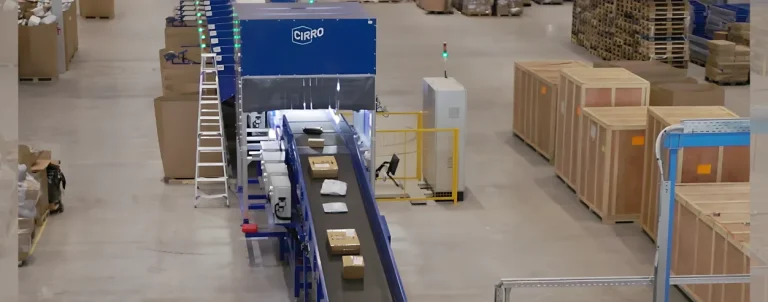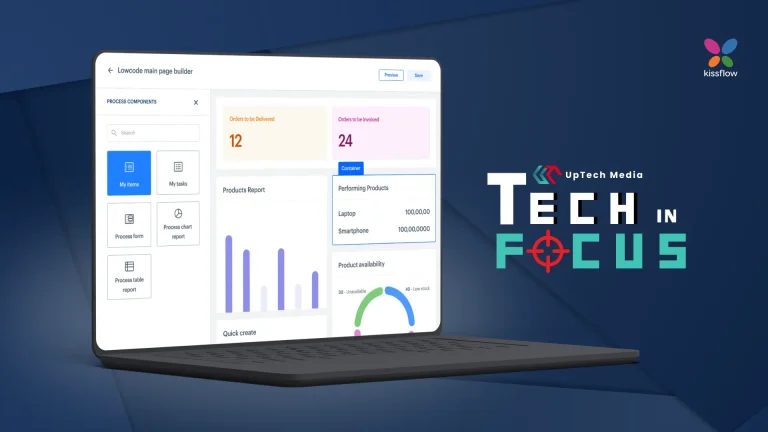Singapore – Social commerce, sustainability, and reliability of delivery services are becoming the key trends influencing the e-commerce scene and purchasing behaviour of consumers in Asia Pacific, according to the latest report from e-commerce logistics firm DHL eCommerce.
Data from the findings revealed that online shoppers in the region are leading the global trend in social media shopping. At the same time, concerns over sustainability and the environmental impact of their online purchases also play a crucial role in their buying decisions.
Expectations of delivery providers are further found to be high, given that consumers in the region have been spending substantial amounts of time on online shopping.
The rise of social commerce has also blurred the distinction between content consumption and purchasing. This enabled users to discover and buy products without leaving the app, appealing to younger, tech-savvy consumers seeking immediate results.
As a matter of fact, more than 90% of survey respondents have made purchases via social media. For instance, China’s e-commerce market was found to have been ruled by platforms like Douyin, WeChat, and Kuaishou.
In Thailand, TikTok is the leading platform, with 7 out of 10 consumers using it for purchases. Meanwhile, online shopping in India is led by Instagram and Facebook as the primary platforms.
Moreover, online shoppers across the region have also considered sustainability as a major factor in their purchasing decisions, with over half of the respondents indicating it so. In particular, 83% of Indian shoppers, 77% of Thai shoppers, 67% of Malaysian shoppers, 59% of Chinese shoppers, and 57% of Australian shoppers emphasise the importance of sustainability.
About 73% of Indian shoppers and 60% of respondents from China, Malaysia, and Thailand further want transparency about the CO2 emissions linked to their deliveries.
Additionally, online spending in the region has also reached new heights, with 88% of shoppers in China spending over CNY100 per month on online purchases. On the other hand, 54% of shoppers spend more than INR 2500 monthly. Over 50% of Australian shoppers also spend more than AUD100 in a month.
The survey also revealed that one in two shoppers makes a purchase at least once a week. These trends reflect the strong growth of e-commerce in the region, driven by the convenience, variety, and competitive pricing that online platforms provide.
Online buyers then prioritise efficient and reliable delivery services, with at least 75% of shoppers in India and Thailand emphasising the need to know the delivery provider before making a purchase.
Pablo Ciano, chief executive officer at DHL eCommerce, said, “Online shopping behaviours are changing rapidly, driven by the rise of social commerce, conscious consumerism, and increased consumer spending. These present both opportunities and challenges for e-commerce businesses looking to penetrate and thrive in a dynamic Asia-Pacific market.”
He further noted, “With the region’s e-commerce market expected to reach over $3 trillion by 2028, businesses must tailor their strategies to target and engage online buyers, who have a plethora of shopping platform alternatives. This also means voluntarily offering information on carbon emissions and providing reliable delivery options to differentiate from competitors.”
“Asia Pacific consumers will only continue to transact more online. With virtual reality, artificial intelligence, and the metaverse anticipated to redefine customer engagement and online shopping, companies must be quick to adapt to consumer expectations by reducing the business’s environmental impact and picking a trusted delivery partner. Only then can companies expand their customer base and foster customer loyalty,” concluded Ciano.












